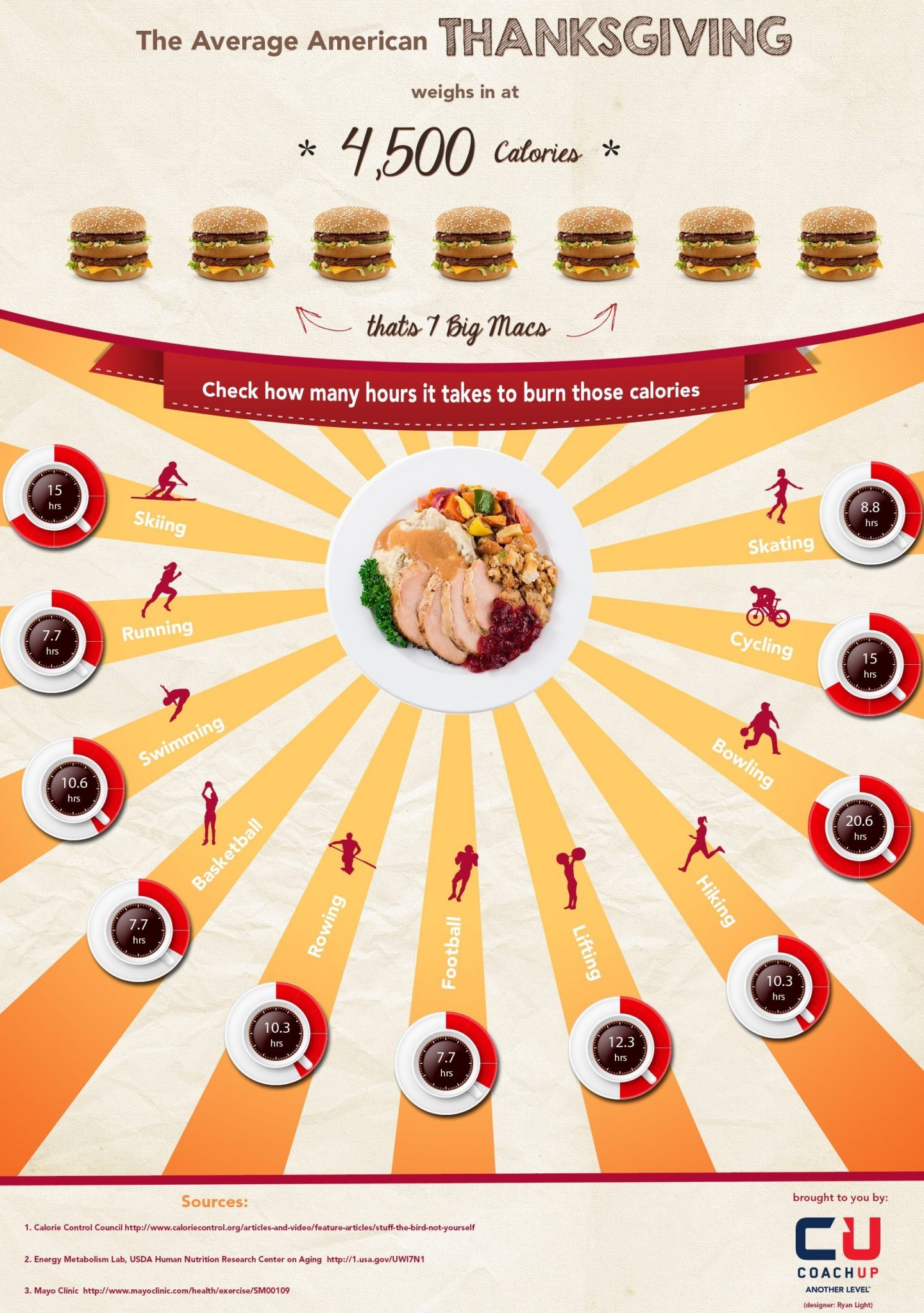The Science Behind Successful Fat Burning Programs: What You Need To Know
The Science Behind Successful Fat Burning Programs: What You Need To Know
Blog Article
Short Article Written By-Bork Clemensen
Fat burning is a topic that has actually garnered significant attention over the last few years, with countless programs and strategies asserting to provide the best remedy. Nonetheless, amidst the noise and complication, it is crucial to recognize the science behind successful weight-loss programs.
This post aims to provide a detailed overview of the crucial principles that underpin effective weight reduction methods. It will delve into the function of calories in weight management, unmask common misconceptions bordering weight management, and highlight the value of lasting way of life changes.
By getting a much deeper understanding of the scientific structures of weight management, readers will be furnished with the expertise needed to make enlightened choices regarding their very own weight-loss trip.
The Function of Calories in Fat Burning
The role of calories in weight management can be understood via a comprehensive understanding of power equilibrium and the significance of creating a calorie shortage.
When it involves weight reduction, the fundamental principle is that in order to shed extra pounds, you should take in less calories than you burn. This produces a calorie shortage, which compels the body to use its fat stores for energy.
Calories are devices of power that are found in the food we eat, and they give the gas needed for the body to work. By eating https://www.eatthis.com/speed-up-belly-fat-loss-40s-floor-exercises/ than your body requirements, you compel it to utilize stored fat as an energy source, inevitably causing weight loss.
As a result, tracking and managing calorie consumption is a critical facet of any kind of reliable weight management program.
Debunking Common Fat Burning Myths
Misunderstandings regarding weight management usually lead individuals to make inadequate options when it involves their diet regimen and workout regimens. It is important to disprove these common fat burning myths in order to supply exact info and help people make informed decisions.
Here are some prevalent myths that require to be addressed:
- Misconception 1: Crash diets are the most effective means to reduce weight swiftly.
- Myth 2: Removing whole food teams is necessary for weight loss.
- Misconception 3: Cardio is the only kind of exercise that aids in weight-loss.
- Myth 4: Supplements and fat burners are the trick to losing extra pounds.
The Relevance of Lasting Lifestyle Changes
Sustainable way of life modifications are essential for lasting weight reduction success, as they require regular and regimented initiatives. While quick-fix diets might supply short-term results, maintaining weight-loss calls for a shift in practices and behaviors that can be maintained over time.
Adopting a balanced and nourishing diet, boosting exercise, and handling anxiety levels are all essential elements of lasting way of life modifications. It is essential to focus on making progressive and practical alterations to one's everyday routine, instead of counting on severe measures or restrictive diets.
https://loseweight101how-toguide19875.blue-blogs.com/40441398/the-ultimate-overview-to-selecting-the-right-weight-management-program-for-your-body
To conclude, successful weight-loss programs count on comprehending the role of calories, unmasking typical myths, and executing lasting way of life modifications.
Equally as a healthy scale represents the value of calorie balance, debunking misconceptions acts as a magnifying glass, disclosing the truth behind weight management.
Ultimately, sustainable way of living changes serve as a compass, leading individuals towards lasting success and a much healthier future.
By embracing professional weight loss clinic , people can open the secret to accomplishing their weight loss objectives.
